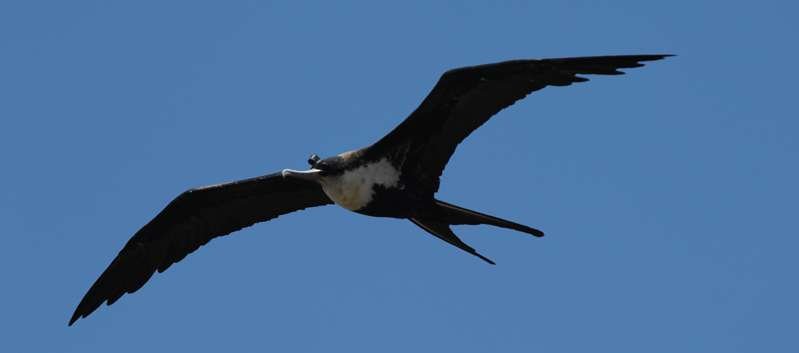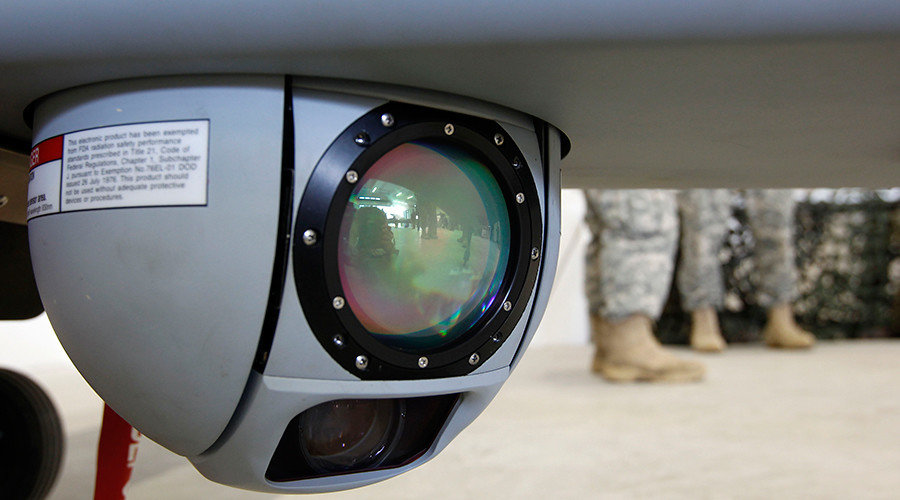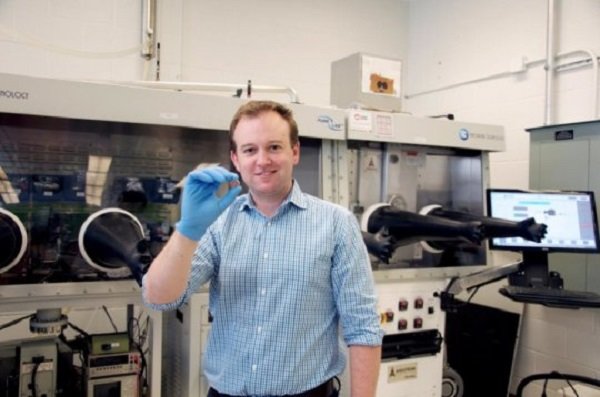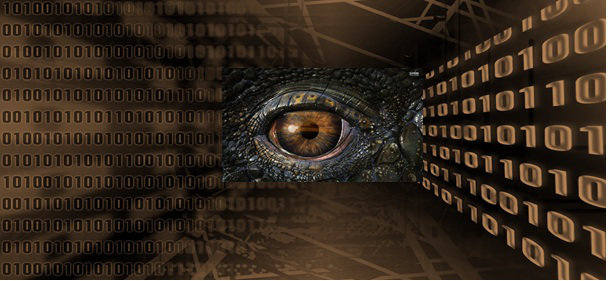
© B. VoirinFrigatebirds reaches a wingspan of over two metres. They are excellent gliders and can cover several hundred kilometers a day.
For the first time, researchers have discovered that birds can sleep in flight. Together with an international team of colleagues, Niels Rattenborg from the Max Planck Institute for Ornithology in Seewiesen measured the brain activity of frigatebirds and found that
they sleep in flight with either one cerebral hemisphere at a time or both hemispheres simultaneously. Despite being able to engage in all types of sleep in flight, the birds slept less than an hour a day, a mere fraction of the time spent sleeping on land. How frigatebirds are able to perform adaptively on such little sleep remains a mystery.
It is known that some swifts, songbirds, sandpipers, and seabirds fly non-stop for several days, weeks, or months as they traverse the globe. Given the adverse effect
sleep loss has on performance, it is commonly assumed that these birds must fulfill their daily need for sleep on the wing.
Half-awake or fully awake in flight?How might a bird sleep in flight without colliding with obstacles or falling from the sky? One solution would be to only switch off half of the brain at a time, as Rattenborg showed in mallard ducks sleeping in a dangerous situation on land. When sleeping at the edge of a group,
mallards keep one cerebral hemisphere awake and the corresponding eye open and directed away from the other birds, toward a potential threat. Based on these findings and the fact that dolphins can swim while sleeping unihemispherically, it is commonly assumed that birds also rely on this sort of autopilot to navigate and maintain aerodynamic control during flight.













Comment: More useless chimera research that led to zero health breakthroughs:
- Now scientists create a sheep that's 15% human
- Scientists Engineer "Chimera" Primates to Combat Human Ailments
For more on the pseudo scientific quackery of animal medical research in general listen to this episode of the Health and Wellness Show: The Health & Wellness Show: The Quackery and Cruelty of Animal Medical Research